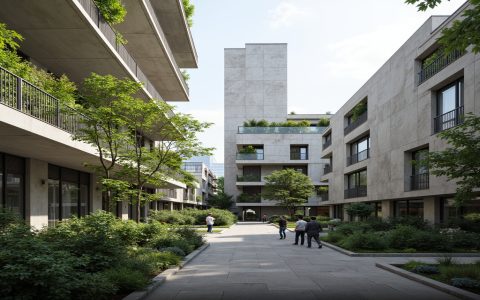What is Pixelated Building?
Pixelated building involves designing structures using blocky, grid-based graphics, often in game development or digital art. It simplifies complex forms into fundamental pixels for efficiency and style.
Key Benefits of Pixelated Building
- Performance Optimization: Reduces computational load for faster rendering on various devices.
- Artistic Flexibility: Creates nostalgic, retro aesthetics that enhance user engagement.
- Streamlined Prototyping: Accelerates design iterations with minimal detail work.
- Scalability and Storage: Maintains clarity at multiple resolutions and minimizes file sizes.
- Beginner Accessibility: Lowers learning curve compared to high-detail modeling.
Getting Started Quickly
To implement pixelated building efficiently:
- Select Tools: Utilize basic pixel editors or standard design software with grid snap features.
- Focus on Basics: Start with simple shapes like squares and cubes to build familiarity.
- Incorporate Grids: Use consistent pixel dimensions for uniformity and easy scaling.
- Experiment with Palettes: Limit colors to maintain the pixel art feel while testing visual impact.
- Iterate Rapidly: Build mock-ups quickly to refine concepts before detailing.







